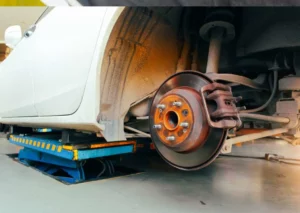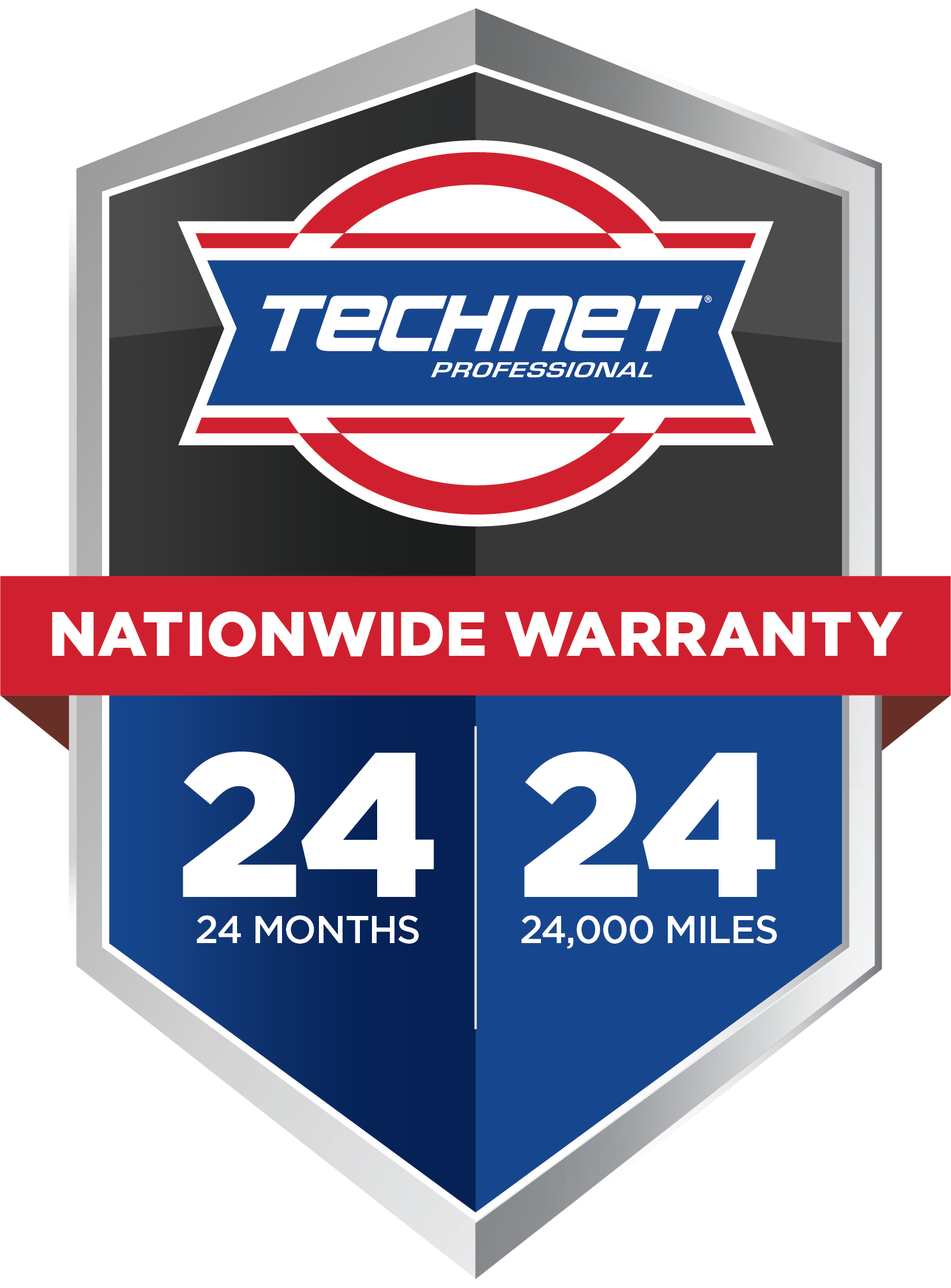The Heart of Your Vehicle: Understanding the Drivetrain
 The drivetrain is the unsung hero of your vehicle, silently transferring power from the engine to the wheels and enabling smooth motion. Comprising several intricate components, the drivetrain plays a pivotal role in your car’s performance, ensuring you get from point A to point B without a hitch. In this blog post, we’ll take a closer look at the drivetrain, its significance, the various components that make it tick, common issues that can arise, and why regular maintenance is essential for a well-functioning drivetrain.
The drivetrain is the unsung hero of your vehicle, silently transferring power from the engine to the wheels and enabling smooth motion. Comprising several intricate components, the drivetrain plays a pivotal role in your car’s performance, ensuring you get from point A to point B without a hitch. In this blog post, we’ll take a closer look at the drivetrain, its significance, the various components that make it tick, common issues that can arise, and why regular maintenance is essential for a well-functioning drivetrain.
The Significance of the Drivetrain
The drivetrain is like the circulatory system of your vehicle, ensuring that power generated by the engine is efficiently transmitted to the wheels. Key aspects of its significance include:
- Power Transmission
The drivetrain delivers power to the wheels, propelling the vehicle forward. - Controlled Speed
It enables you to control your vehicle’s speed and direction through the transmission and differential. - Versatility
Different drivetrain configurations, like front-wheel drive, rear-wheel drive, and all-wheel drive, offer varying driving experiences to suit your needs. - Traction
The drivetrain plays a crucial role in distributing power to the wheels for optimal traction, especially in challenging road conditions. - Fuel Efficiency
Proper drivetrain maintenance contributes to fuel efficiency by minimizing power losses.
Components of the Drivetrain
The drivetrain is a complex system composed of several key components, including:
- Transmission
The gearbox that allows you to shift gears and control your vehicle’s speed. - Drive Shaft
Transfers power from the transmission to the differential. - Differential
Distributes power between the wheels, enabling smooth turns. - Axles
Connect the differential to the wheels and transmit power to drive the vehicle forward. - Transfer Case (in 4WD/AWD)
Controls power distribution to all wheels in four-wheel drive or all-wheel drive vehicles.
Common Drivetrain Issues
Over time, the drivetrain may encounter problems that require attention. Common issues include:
- Transmission Problems
Such as slipping gears, rough shifting, or transmission fluid leaks. - Driveshaft Issues
Including imbalances, worn universal joints, or damage. - Differential Trouble
Noise or fluid leaks can signify differential problems. - Axle Damage
Bent or damaged axles can affect wheel alignment and drivability. - Transfer Case Malfunctions
In 4WD/AWD systems, issues may arise, affecting power distribution.
Why Regular Drivetrain Maintenance is Crucial
Routine maintenance is essential to keep your drivetrain operating smoothly. Here’s why:
- Preventive Care
Regular checks and maintenance can catch problems before they become major issues. - Optimal Performance
Properly maintained drivetrains deliver better performance and fuel efficiency. - Safety
A well-functioning drivetrain contributes to safe and controlled driving. - Cost Savings
Timely maintenance can prevent expensive drivetrain repairs or replacements. - Longevity
Regular maintenance extends the life of drivetrain components and your vehicle overall.
Your vehicle’s drivetrain may work quietly in the background, but it’s undoubtedly a critical component for your driving experience. Whether you drive a compact car, a rugged 4×4, or anything in between, understanding the drivetrain’s significance and the importance of maintenance is essential. By staying proactive and addressing drivetrain issues promptly, you can ensure that your vehicle continues to run smoothly, efficiently, and reliably. So, next time you hit the road, remember the unsung hero under your vehicle, silently transferring power and making your journey possible.











